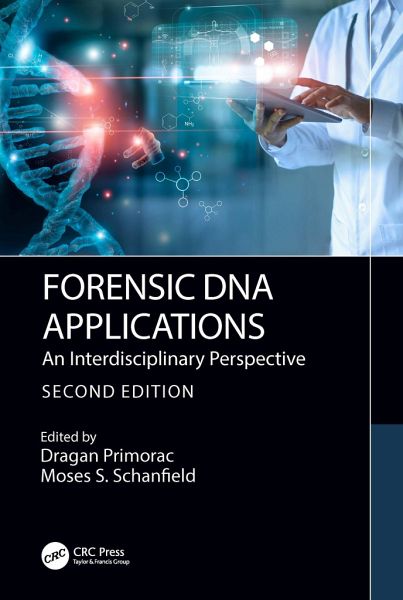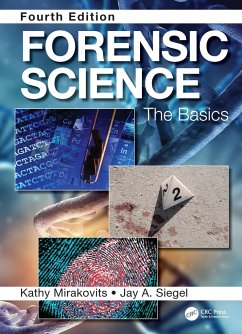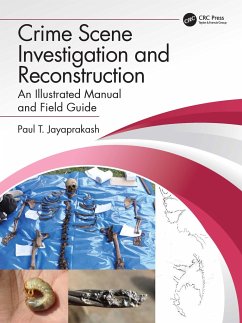
Forensic DNA Applications
An Interdisciplinary Perspective
Herausgeber: Primorac, Agan; Schanfield, Moses
Versandkostenfrei!
Versandfertig in 2-4 Wochen
88,99 €
inkl. MwSt.
Weitere Ausgaben:

PAYBACK Punkte
44 °P sammeln!
Forensic DNA Applications, Second Edition covers the latest cutting-edge research and advancements in the field and is a must-have reference for established professionals and students entering the fields of genetics and forensic DNA analysis.













